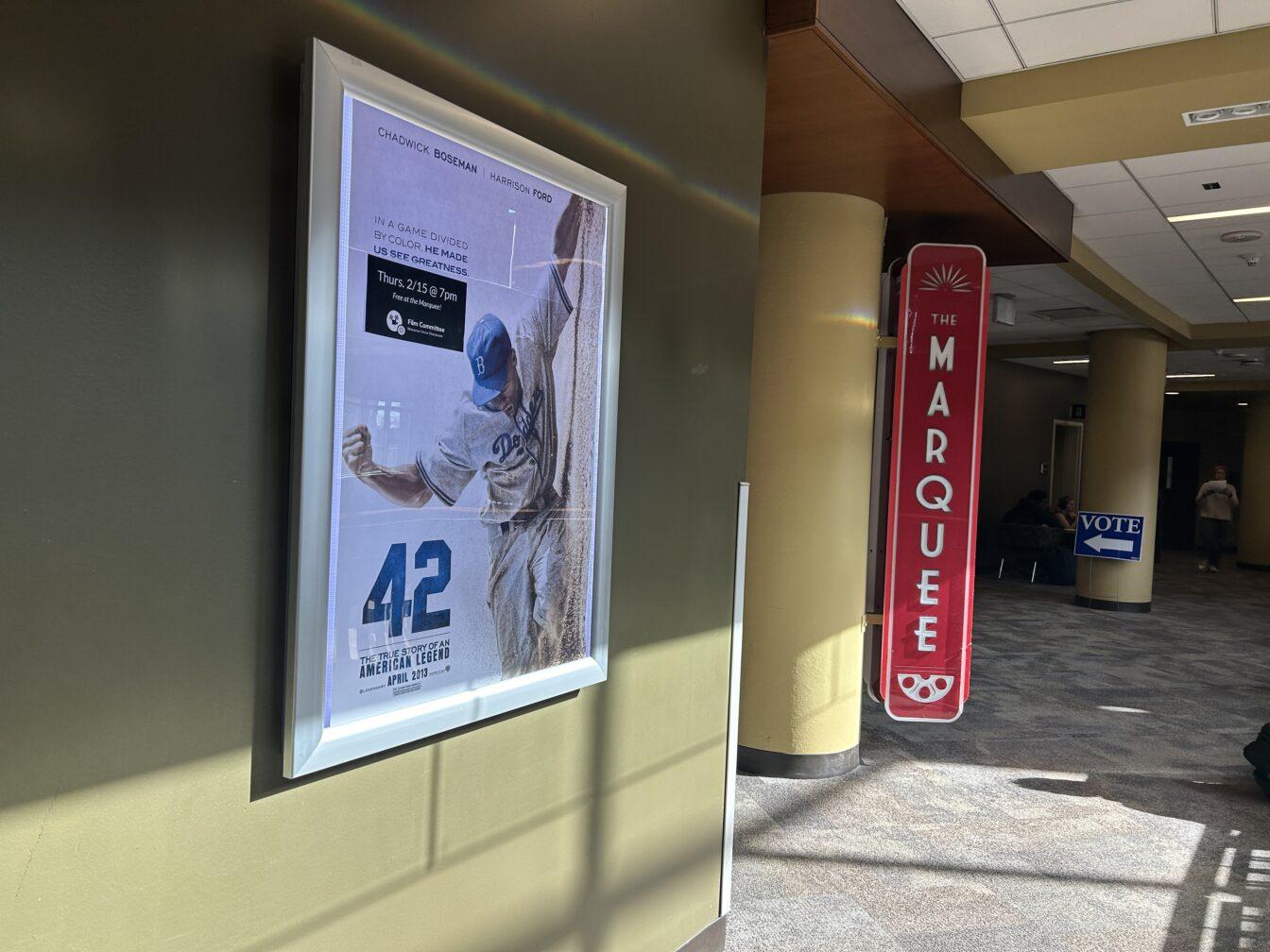In action movies, why is it harder to watch someone being stabbed than it is to watch someone being shot? The easiest and best answer to this question is simply because it is more personal. There is patience required in either filming or watching something like a stabbing, or hand-to-hand combat, that makes the moment that much more personal and honest. This same principle is true not just for the content of an action sequence, but how a director films one. Patience can allow the audience to make the journey with those who are fighting, rather than passively watching bullets fly. That honesty and grounding can be essential in an action movie. Without a doubt, the ability to frame and follow an action sequence proves to be the greatest strength of “John Wick.”
Beginning with what could be described as a sick parody of the famous marriage montage from “Up”, the film shows a set of brief flashbacks as John Wick’s (Keanu Reeves, “47 Ronin”) happy marriage is destroyed when he loses his wife to cancer. He receives a puppy as a final gift from his deceased wife, which is promptly killed by the son of a Russian mobster and his gang of friends while they rob his house. Wick, a retired hit man, has ties to this mob family and becomes hellbent on killing both father and son, and anybody in between them. Thankfully, according to the film, New York seems to consist entirely of criminals and hit men, so Wick gets to stab a countless number of nameless cronies in the neck before reaching his goal.
Social satire overshadows phenomenal Jake Gyllenhaal performance in ‘Nightcrawler’
Early on as the plot recklessly speeds along — regularly interspersed with an action sequence and colorful, new characters — the film is a delight. It’s almost exciting to see a film that has such little regard for following a story. It is far more interested in seeing Wick interact with a variety of shady characters, in what feels like John Woo’s remake of “The Long Goodbye.” However, about midway through, the film gets predictably worn down by its plot, and its various beats become lifeless and mercenary.
These moments in no way detract from the film’s frequent hand-to-hand or gunfight sequences, which are shot with an inspired clarity and kineticism. These sequences gracefully follow Wick through environments in which he more or less has to shoot or stab everyone inside. Such sequences focus, with very few cuts, on the method of Wick’s process, allowing the mayhem to unfold in the periphery. This patience is the film’s greatest asset — letting these sequences positively flow, while neatly working with the varying geography of the set pieces. Here, the underrated stoner-Ken Doll charisma of Keanu Reeves can work, as the action comes from a character who genuinely seems completely at peace with his constantly chaotic environment. (This placidity doesn’t carry over as neatly into all of the non-action moments, sadly.)
As bright as these moments are, the film often feels like a 100-minute long advertisement for scotch, constantly focusing on well-dressed men in nice suits, either dancing with scantily clad women or shooting other well-dressed men in nice suits. There’s a deep emptiness to these moments, which rely on the audience thinking these things are inherently cool. The film should feed from a bottomless well of violence and energy, and in the film’s fastest, best moments, it does. But too often it slips, slathered in a greasy film of faux-machismo, becoming a far less satisfying and uninteresting film.
3.0/5
‘Birdman’ offers delightful meta-commentary on actors and our true selves














